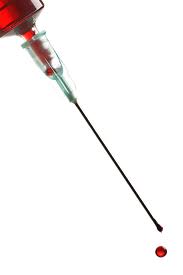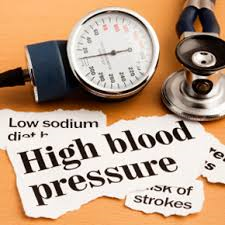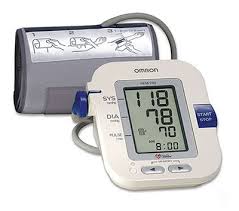More intensive management of high blood pressure, below a commonly recommended blood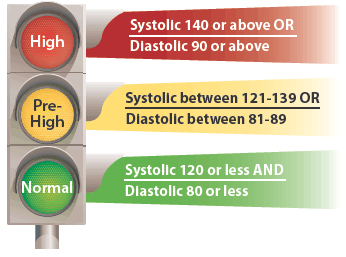 pressure target, significantly reduces rates of cardiovascular disease, and lowers risk of death in a group of adults 50 years and older with high blood pressure. This is according to the initial results of a landmark clinical trial sponsored by the National Institutes of Health called the Systolic Blood Pressure Intervention Trial (SPRINT). The intervention in this trial, which carefully adjusts the amount or type of blood pressure medication to achieve a target systolic pressure of 120 millimeters of mercury (mm Hg), reduced rates of cardiovascular events, such as heart attack and heart failure, as well as stroke, by almost a
pressure target, significantly reduces rates of cardiovascular disease, and lowers risk of death in a group of adults 50 years and older with high blood pressure. This is according to the initial results of a landmark clinical trial sponsored by the National Institutes of Health called the Systolic Blood Pressure Intervention Trial (SPRINT). The intervention in this trial, which carefully adjusts the amount or type of blood pressure medication to achieve a target systolic pressure of 120 millimeters of mercury (mm Hg), reduced rates of cardiovascular events, such as heart attack and heart failure, as well as stroke, by almost a 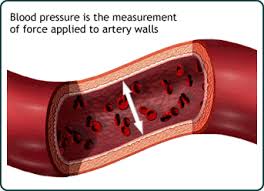 third and the risk of death by almost a quarter, as compared to the target systolic pressure of 140 mm Hg.
third and the risk of death by almost a quarter, as compared to the target systolic pressure of 140 mm Hg.
“Our results provide important evidence that treating blood pressure to a lower goal in older or high-risk patients can be beneficial and yield better health results overall.”
—Lawrence Fine, M.D.
Chief, Clinical Applications and Prevention Branch at NHLBI
“This study provides potentially lifesaving information that will be useful to health care providers as they consider the best treatment options for some of their patients, particularly those over the age of 50,” said Gary H. Gibbons, M.D., director of the National Heart, Lung, and Blood Institute (NHLBI), the primary sponsor of SPRINT. “We are delighted to have 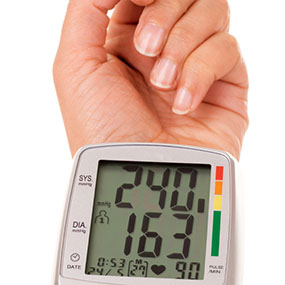 achieved this important milestone in the study in advance of the expected closure date for the SPRINT trial and look forward to quickly communicating the results to help inform patient care and the future development of evidence-based clinical guidelines.”
achieved this important milestone in the study in advance of the expected closure date for the SPRINT trial and look forward to quickly communicating the results to help inform patient care and the future development of evidence-based clinical guidelines.”
High blood pressure, or hypertension, is a leading risk factor for heart disease, stroke, kidney failure, and other health problems. An estimated 1 in 3 people in the United States has high blood pressure.
The SPRINT study evaluates the benefits of maintaining a new target for systolic blood pressure, the top number in a blood pressure reading, among a group of patients 50 years and older at increased risk for heart disease or who have kidney disease. A systolic pressure of 120 mm Hg, maintained by this more intensive blood pressure intervention, could ultimately help save lives among adults age 50 and older who have a combination of high blood pressure and at least one additional risk factor for heart disease, the investigators say.
The SPRINT study, which began in the fall of 2009, includes more than 9,300 participants age 50 and older, recruited from about 100 medical centers and clinical practices throughout the United States and Puerto Rico. It is the largest study of its kind to date to examine how maintaining systolic blood pressure at a lower than currently recommended level will impact cardiovascular and kidney diseases. NIH stopped the blood pressure intervention earlier than originally planned in order to quickly disseminate the significant preliminary results.
The study population was diverse and included women, racial/ethnic minorities, and the elderly. The investigators point out that the SPRINT study did not include patients with diabetes, prior stroke, or polycystic kidney disease, as other research included those populations.
Source: NIH




